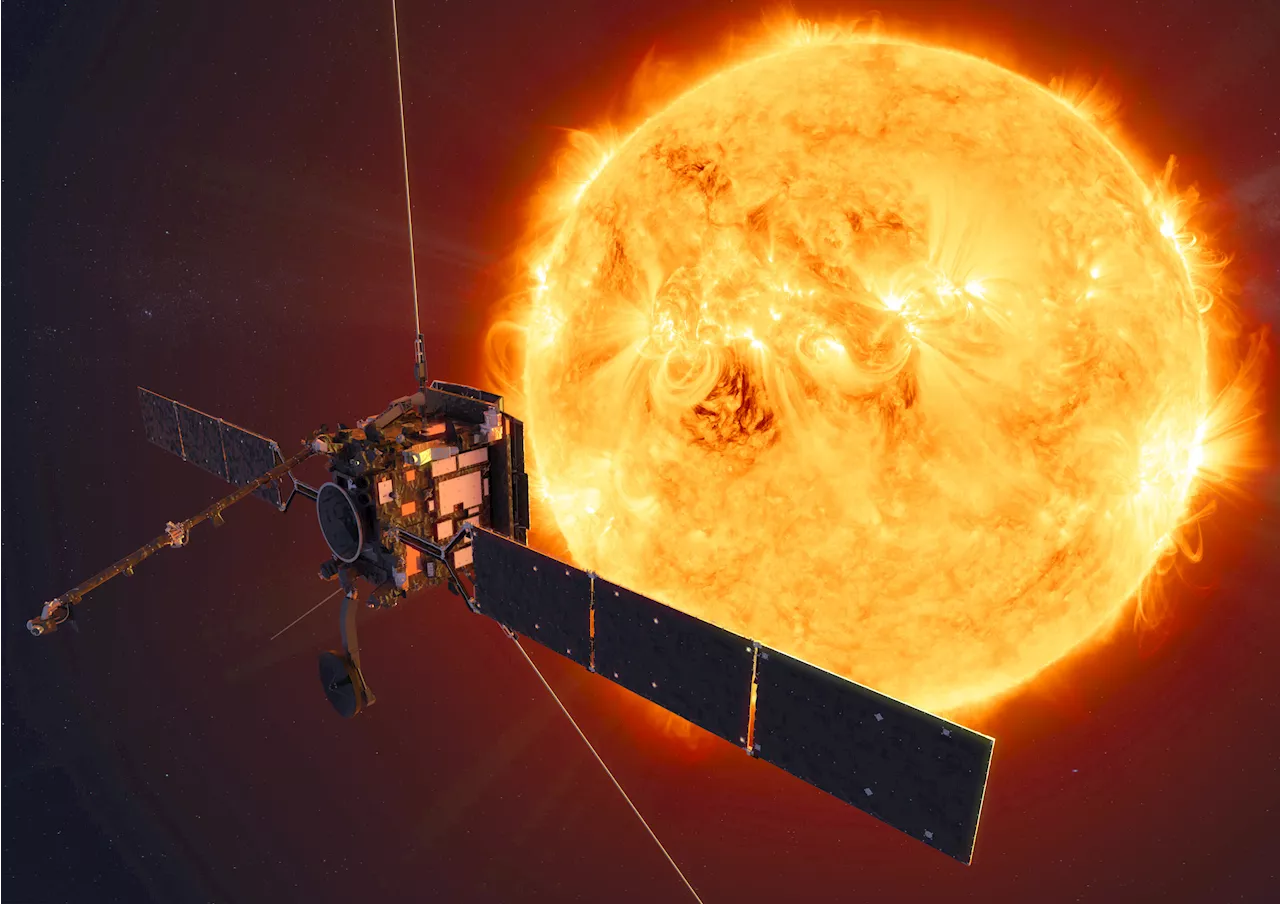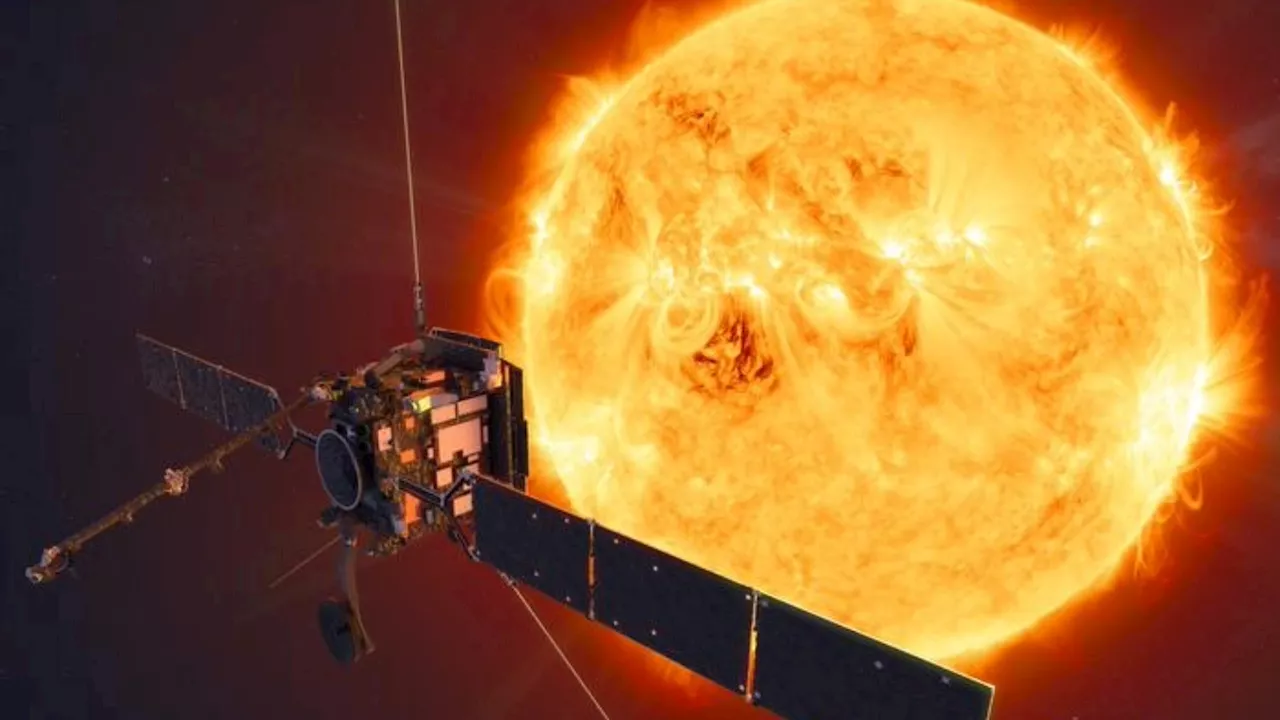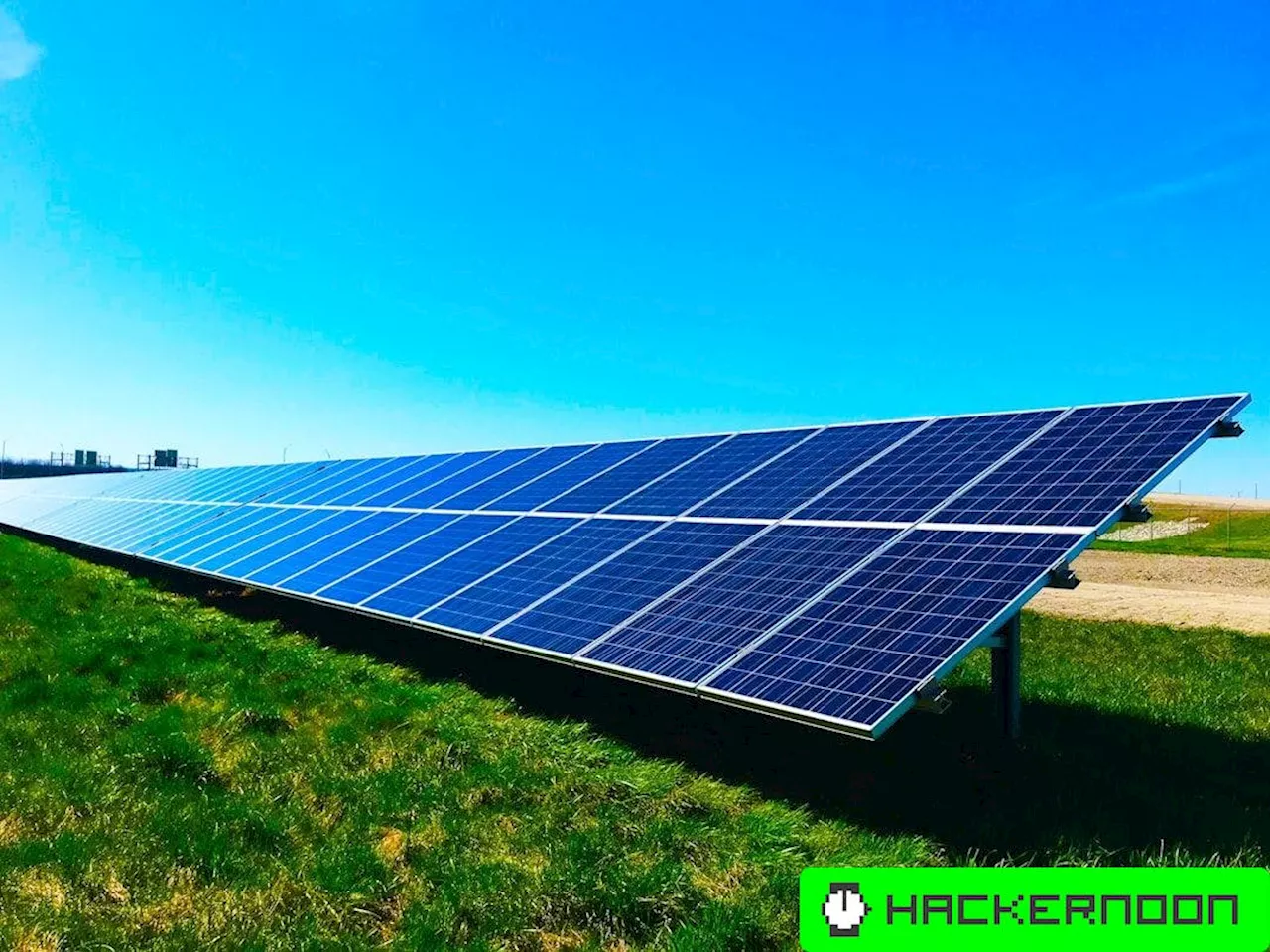Science, Space and Technology News 2024
New findings from the Solar Orbiter mission have pinpointed the origin of the slow solar wind in regions where the Sun’s magnetic field lines reconnect, offering deeper insights into solar dynamics and potential impacts on Earth. Credit: ESA & NASA/Solar Orbiter/EUI Team; acknowledgment: Lakshmi Pradeep Chitta, Max Planck Institute for Solar System Research
Solar wind, which can travel at hundreds of kilometers per second, has fascinated scientists for years, and new research published today in the journalparticles from the Sun into space – with wind traveling at over 500 km per second known as ‘fast’ and under 500 km per second described as ‘slow’. Solar Orbiter’s suite of ten science instruments that will study the Sun. There are two types: in situ and remote sensing. The in situ instruments measure the conditions around the spacecraft itself. The remote-sensing instruments measure what is happening at large distances away. Together, both sets of data can be used to piece together a more complete picture of what is happening in the Sun’s corona and the solar wind. Credit: ESA-S.
Occasionally these closed magnetic loops will break, providing a brief opportunity for solar material to escape, in the same way it does through open magnetic field lines, before reconnecting and forming a closed loop once again. This generally takes place in areas where the open and closed corona meet.
“The changes in composition of the heavy ions along with the electrons provide strong evidence that not only is the variability driven by the different source regions, but it is also due to reconnection processes occurring between the closed and open loops in the corona.”The ESA Solar Orbiter mission is an international collaboration, with scientists and institutions from around the world working together, contributing specialist skills and equipment.
Among the instruments onboard Solar Orbiter is the Heavy Ion Sensor , developed in part by researchers and engineers from the University of Michigan’s Space Physics Research Laboratory in the department of Climate and Space Sciences and Engineering. The sensor was designed to measure heavy ions in the solar wind, which can be used to determine where the solar wind came from.
United States Latest News, United States Headlines
Similar News:You can also read news stories similar to this one that we have collected from other news sources.
 Mystery of 'slow' solar wind unveiled by Solar Orbiter missionScientists have come a step closer to identifying the mysterious origins of the 'slow' solar wind, using data collected during the Solar Orbiter spacecraft's first close journey to the sun.
Mystery of 'slow' solar wind unveiled by Solar Orbiter missionScientists have come a step closer to identifying the mysterious origins of the 'slow' solar wind, using data collected during the Solar Orbiter spacecraft's first close journey to the sun.
Read more »
 Secret of 300 miles/sec speeding ‘slow’ solar wind spilled by Sun OrbiterScientists demonstrated that slow wind comes from locations where the open and closed coronas meet.
Secret of 300 miles/sec speeding ‘slow’ solar wind spilled by Sun OrbiterScientists demonstrated that slow wind comes from locations where the open and closed coronas meet.
Read more »
 Wind & Solar, But What Else? — India Edition TranscriptAll slides and edited transcript from my latest fortnightly seminar with India's utilities on the end game mix of electrical generation.
Wind & Solar, But What Else? — India Edition TranscriptAll slides and edited transcript from my latest fortnightly seminar with India's utilities on the end game mix of electrical generation.
Read more »
ERCOT exempt from new fed rules, but Texas wind and solar may gainTexas still would be exempt from rules requiring transmission planning to look 20 years ahead to avoid the construction of 'piecemeal transmission expansion.'
Read more »
 Solar storm: X8.7 solar flare erupts in largest of sun cycleOn Tuesday, the sun unleashed another powerful solar flare. The NWS discussed whether the intense solar storm will impact activities on Earth.
Solar storm: X8.7 solar flare erupts in largest of sun cycleOn Tuesday, the sun unleashed another powerful solar flare. The NWS discussed whether the intense solar storm will impact activities on Earth.
Read more »
 POWER LEADER: The Future of Solar with Ken Kozicki of FTC SolarPower Leader Series in Hackernoon Featuring FTC Solar's Ken Kozicki
POWER LEADER: The Future of Solar with Ken Kozicki of FTC SolarPower Leader Series in Hackernoon Featuring FTC Solar's Ken Kozicki
Read more »
